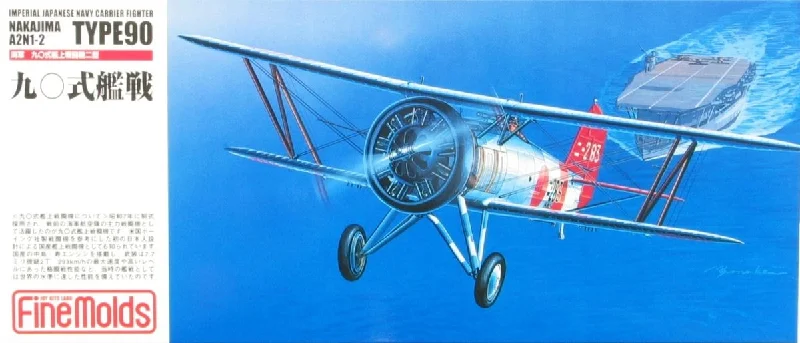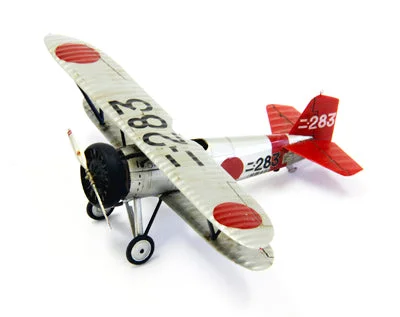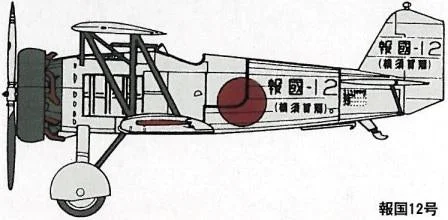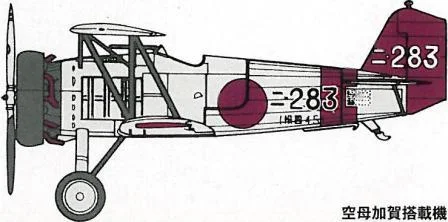Details:
The Nakajima A2N is a Japanese on-board biplane fighter from the interwar period and the early phase of World War II. The prototype flight took place in June 1929. Serial production was carried out in the years 1932-1936. During its course, about 165 aircraft of this type of various versions were created. In the A2N1 version, the length of the machine was about 6.2 m with a wingspan of 9.37 meters. The drive was provided by a single Nakajima Kotobuki 2 engine with a maximum power of 580 HP. The maximum speed was approx. 290 km / h. The deck armament consisted of two 7.7 mm machine guns. Design work on the A2N fighter began shortly after the Boeing F2B tests carried out in the Japanese Navy, which showed that the American machine generally has better or much better performance than the Nakajima A1N fighter that is just being introduced into service. Thus, the manufacturer of the A1N machine was tasked with improving the performance of its aircraft, which resulted in the creation of the A2N fighter. Compared to its predecessor, the new fighter had a slightly changed wing geometry and - above all - received a modernized version of the Nakajima Kotobuki engine. Nakajima A2N planes were used in combat during the so-called The Shanghai Incident of 1932. However, they were quickly withdrawn from service and directed to school units, where they served until 1941.




